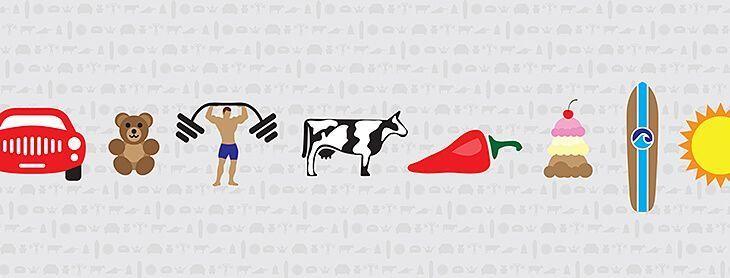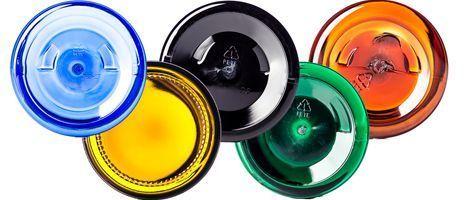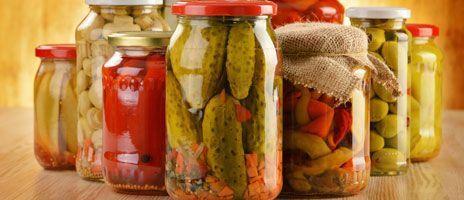Glass Bottles: A Brief History of Manufacturing


I grew up near a small mountain town that was home to a glass blowing studio. We would often drive up the canyon and go sit in the glass blowers' workshop. We would watch the artisan blowers create beautiful glasses, vases, and glass bottles. It was hot, sweaty work, and each piece took meticulous skill to ensure that the glass was the correct temperature, thickness, and shape. Occasionally, one of the artists would discover a flaw and would simply drop the half-finished project onto the concrete floor because there was no salvaging the piece.
History of Glass
Glass manufacturing has evolved over thousands of years. Glassmaking has been traced back to 3500 BC in Mesopotamia. The earliest known glass objects were beads, perhaps made by accident while working with metal. In the late Bronze Age, several civilizations discovered how to make vessels and glass bottles by wrapping threads of melted glass around cores of sand or clay. Later, molds were used to form dishes and table wares.
Around the 1st century BC, glassblowing was discovered. This made glass containers less expensive than pottery. Mold-blown glass, the process of blowing a piece of molten glass into a wooden or metal mold, was invented during the 1st century AD. This technique was faster with more consistent results. It paved the way for mass production. It wasn’t until the late 1800s that the production process to become more efficient. In 1887, a company in England created a semi-automatic process that could produce up to 200 bottles an hour. This process has been refined to the point where modern machines can yield more than 600 containers per minute.
Blown vs. Manufactured Glass Bottles
Nowadays, glass bottles, jars, and cups are usually manufactured on a bigger scale than is found in individual glassblowing studios. If we still depended on hand-blown glass for all of our glass containers, we would see some major differences in the process of creating bottles and jars. First, there's the time. Hand blowing glass takes a significant amount of time, even for one simple container. In contrast, hundreds of jars per minute can be made using modern technology. This leads to the second advantage: price. Because of the automated and streamlined process, the price for manufactured containers is much lower than that of hand-blown glass. Third, manufactured bottles will be much more consistently uniform than bottles blown by hand. Automated glass manufacturing produces nearly identical batches of jars.
Glass blowing is awesome for unique, beautiful pieces of art. But for lots of lower priced and uniformly shaped containers, automatic manufacturing is the preferred method to create glass bottles and jars. Check out the wide range of manufactured glass bottles, jars, and other containers available at Glass Containers to see if any of these fit your needs.




